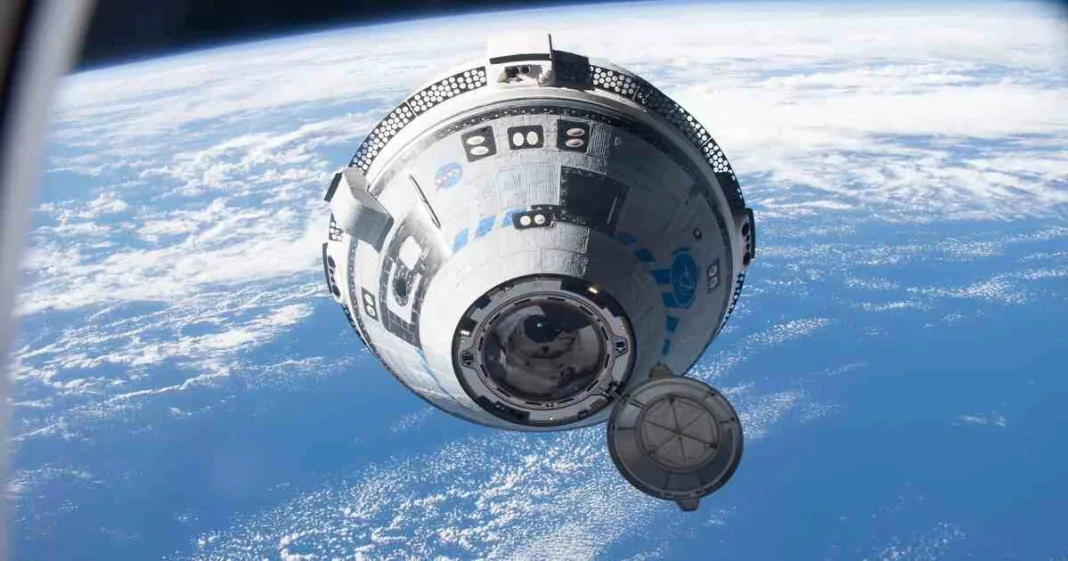In 2014, NASA awarded contracts to Boeing and SpaceX to develop new crewed spacecraft. Boeing received $4.3 billion to create the CST-100 Starliner, while SpaceX was allocated $2.6 billion for the Crew Dragon. Boeing’s initial projection to have the Starliner ready for crewed flights by 2017 proved overly optimistic. The delays and technical issues that followed have since become a costly burden for the aerospace giant, with losses now amounting to $1.6 billion.
Delayed Success and Ongoing Issues
Boeing didn’t launch its first crewed demo flight until June 2024, seven years later than planned. The mission, which aimed to demonstrate the capabilities of the Starliner, has been marred by technical difficulties, including engine failures and helium leaks. Astronauts Butch Wilmore and Suni Williams, originally slated for a week-long stay, have been on the ISS for nearly two months as NASA and Boeing work to resolve these issues.
Read More: Boeing to plead guilty to fraud charge over 737 Max crashes
Comparative Performance: SpaceX and Boeing
While SpaceX successfully launched its first crewed Dragon flight in 2020 and has since completed numerous missions, Boeing has struggled to keep pace. SpaceX’s ability to adapt an existing design for the cargo Dragon and its use of the Falcon 9 rockets to lower costs contrasts sharply with Boeing’s difficulties. SpaceX’s success has not only fulfilled NASA’s requirements but also attracted private customers, further widening the gap between the two companies.
Financial and Strategic Implications
The financial repercussions for Boeing have been significant. The company has had to report consistent losses on the Starliner program, with the latest quarterly results revealing an additional $125 million loss. This brings the total cost of the Starliner program to around $5.9 billion, a figure that includes costs beyond the initial NASA contract. As a public company, Boeing’s financial struggles are transparent, highlighting the challenges of operating under a fixed-price contract, a stark departure from the cost-plus contracts Boeing had previously favored.
Leadership Changes and Future Prospects
In light of the ongoing issues with Starliner and other projects, Boeing announced the departure of CEO Dave Calhoun, to be replaced by Kelly Ortberg, former CEO of Collins Aerospace, on August 8. This leadership change marks a significant shift for Boeing, which hopes to steer the company toward a more stable future. However, with only six ISS crew rotation flights contracted, and further delays anticipated, the road ahead remains challenging.
Read More: NASA astronauts stranded in Space due to Boeing’s Starliner malfunctions
NASA and Boeing continue to work together to address the Starliner’s issues. Recent tests of the spacecraft’s thrusters have shown promising results, but no return date has been set for the current mission. The extended stay of Wilmore and Williams on the ISS highlights the importance of resolving these issues, as NASA aims to ensure the safety and reliability of its crewed space missions.














